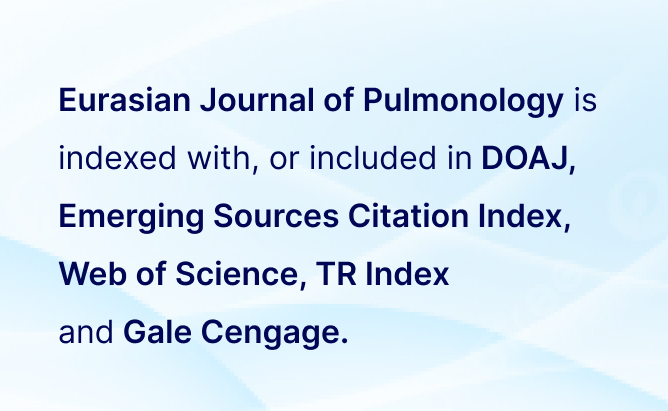Abstract
BACKGROUND: Coal workers' pneumoconiosis (cwp) is a parenchymal lung disease caused by inhalation of dust from coal and rocks in the mine. It is possible to prevent the disease completely with effective dust control; however, the secondary protection measures (screening and surveillance programs) are recommended in cases where effective dust control cannot be achieved. AIMS AND
OBJECTIVES: The aim of this study is to discuss the cwp surveillance program and the duties and powers of the workplace physicians in turkey based on the assessment results of cases referred to our clinic by workplace physicians due to suspicion of cwp.
MATERIALS AND METHODS: This is a cross sectional study. The archive data were evaluated by occupational diseases specialists.
RESULTS: Of the 127 coal mine workers, all males with a mean age of 40.5 ± 8.9 Years, 63 (49.6%) Were diagnosed as cwp. The duration of exposure to coal dust ranged from 7 to 390 months, and the mean duration of exposure was 129.1 ± 82.2 Months. Of the 127 coal mine workers, 49.6% Were diagnosed as cwp.
CONCLUSION: According to the findings obtained in the present study, the assessment made by the workplace physician and radiological evaluation plays a key role in the diagnosis and followup of cwp. In turkey, periodic examinations continue to be the most important component of secondary protection in terms of occupational risk. Pulmonary radiography is used as an indispensable component of early diagnosis in employees at risk of developing pneumoconiosis. Furthermore, screening programs should be evaluated with risk assessment and exposure information. Workplace physicians should reevaluate the periodic examination and ilo assessment services in terms of technical and reader quality.





 Ayse Coskun Beyan1
Ayse Coskun Beyan1 




